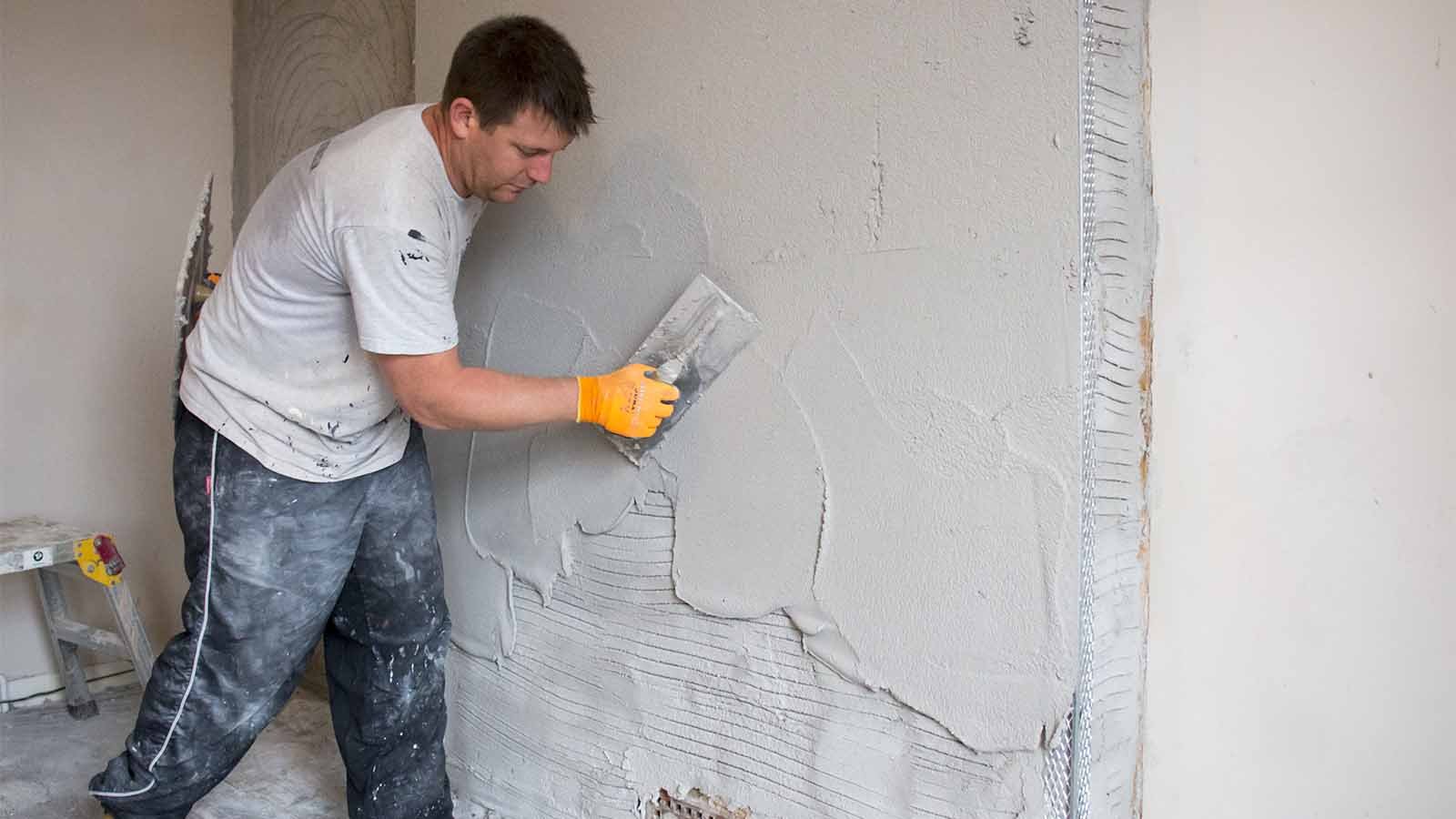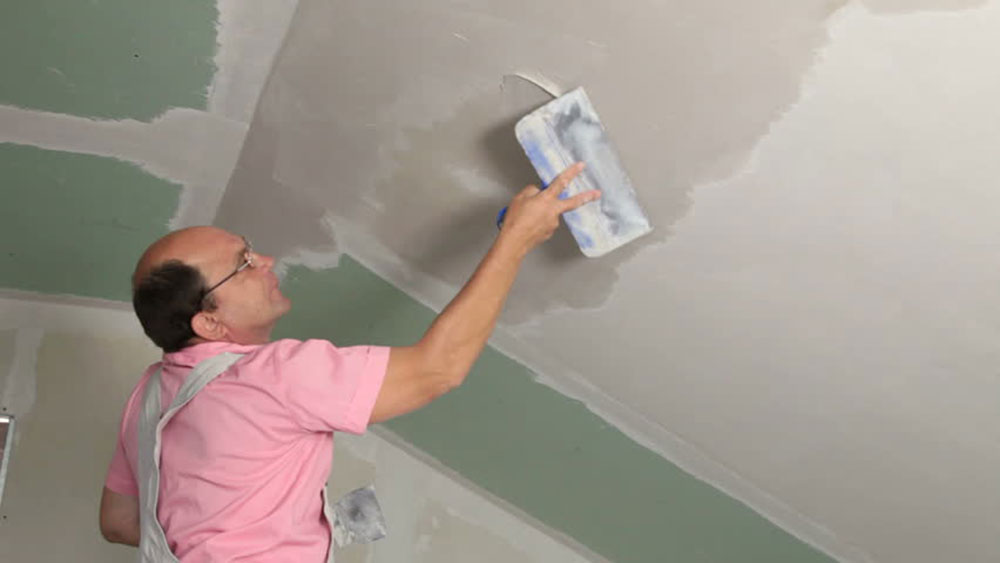

Use a primer to clean contaminants from surfaces to be joined before applying the adhesive. PVC Cement Use to join pvc plumbing pipe as well as other plastics. This is a very strong adhesive but it is not waterproof. Sometimes called school glue because it is frequently used by elementary school kids. Polyvinyl Glue (White Glue) Used to bond wood, paper, ceramics, and most other household surfaces.

Mortar is very strong, non-flammable and non-toxic when mixed with water. A mixture of portland cement and fine sand, when mixed with water mortar will set in about 30 minutes and cure in 6 months. Mortar Used to set bricks, cinder block, and some stone floor tiles. Use water to clean up water-based mastic. Solvent: Resin mastic will clean-up with mineral spirits. Mastics may be flammable while wet and emit toxic fumes. This is a strong adhesive and most are waterproof. Sets in about 10 minutes to a couple of hours depending on the type used. Quarts and gallons containers are available as well as tubes that fit a caulk gun for easy application. Both water and resin based types are available. Also works to bond concrete, asphalt, leather, fabric, and other common household materials so try this adhesive for repairs all around the house. Mastic Bonds floor and wall tiles as well as gypsum board and plywood for construction. This adhesive is waterproof and non-toxic. If the smaller, craft grade is used, some joints can be broken easily as the glue separates from the surface. This is a strong adhesive if a construction grade is used. Hot Glue Used to bond wood, metal, leather, fabrics, and plastics. Once the only glue available for woodworking, it has been replaced by aliphatic and resorcinol resins for use as wood glue. Also used for crackled paint faux finishing. Some special epoxies are available for special surfaces such as fiberglass showers and tubs. Setting time can be from a few minutes to a few hours depend on the type of epoxy. Mix two parts, the resin and the hardener in equal portions. Epoxy Used to bond virtually any surface. This is a very strong adhesive and is water-resistant. Super Glue and Krazy Glue are two well known brands of cyanoacrylate glue. Allow to dry for about 12 hours before stressing the new joint. Apply sparingly to one surface and join the two surfaces immediately. Cyanoacrylate (Super Glue) Use for non-porous surfaces such as metal, rubber, plastic, ceramics, and glass. Casein glue is not waterproof, toxic or flammable. This is a very strong adhesive when not exposed to water. It is not used much today but was used in the past to bond wood. This glue is made using a protein found in milk, mixed with an alkaline solvent. Use with plenty ventilation, extinguish pilot lights, and don't allow smoking in the vicinity when working with contact cement. This is a strong adhesive and is waterproof. 3M® makes a spray form "Super 77" that is handy for quick applications. Comes in 5, 2, and 1 gallon as well as quarts and smaller sizes. Apply to both surfaces and let the cement dry before joining the two. Instead we suggest applying regular setting compound thinned down with extra water or using ready-mixed for the final coat to make it easier to sand.Ĭlose Window Contact Cement Used to bond wood, fabric, paper, glass, cork, felt, formica, and laminates. Because of this, we don't recommend these softer setting compounds. It tends to curl up and fails to bond well when applied in very thin coats. Don't, for instance, try to skim coat with Easy Sand Durabond. While this newer product is easier to sand than the original, it is not as versatile. To make sanding easier, the manufacturers came up with softer formulas, Easy Sand Durabond® is one of these.

Because of this, setting-type can be much harder to sand than ready-mixed joint compound. This compound is similar to concrete in that it sets after mixing with water due to a chemical reaction rather than drying from evaporation like ready-mixed does. It is very well suited for making thick applications to repair deep wall damage. Setting-type joint compound comes as a fine powder which is mixed with water to make a spreadable mud.


 0 kommentar(er)
0 kommentar(er)
